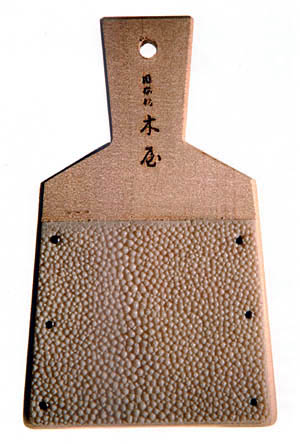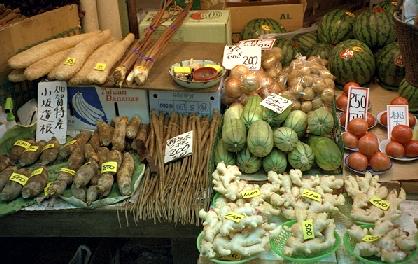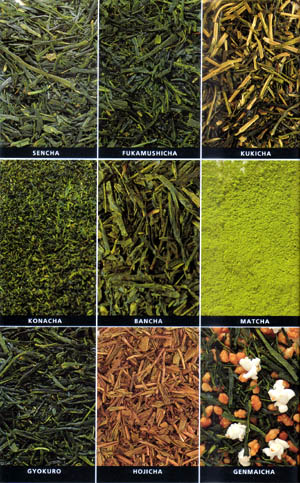This post will stay at the top of this blog until 31/01/10 so please scroll down for new posts.
I am sitting here inside on this very hot summer's day in Adelaide, wishing I was somewhere else. I was thinking about my fabulous Voyage of the Vegetable Vagabond in 2008 and about my nearly 6 months in France in 2009 and I had an idea for 2010.... you know me, full of ideas and some of them are even good!
I would love to house-sit for people with vegetable gardens and pets or other animals like chickens and goats. It seems Australians are welcome almost anywhere for 3 months without a visa, so that's the length of time I would be available for, except in France where I have a longer visa which expires at the end of July, and in the UK, where I can live, and of course in Australia, which is my home. I speak some French and Japanese, a very little Italian.... and a smattering of English!
I'd just need to borrow a car, depending on where you live, and have wifi. That's about it. I want to finish writing my book..... I'd come and look after everything for you, as if it were my own. And I especially would be happy to work in your vegetable garden for you. I have joined MindMyHouse but I thought I could short cut the red tape by sending my plea out into blogland, where people more or less know me, and see what happens.
I am busy until mid-February, house-sitting for a friend in Tasmania.... then I am kind of free for a while (it is a long story which some of you kind of know about...). So, wherever you are in the world, if you have been thinking of going away but have no-one to care for your garden and animals and home, maybe this would be a good chance to make some plans. Ask your friends and email this post to people who might be interested....anywhere.
Please send an email to katevag at gmail.com
See you soon,
Kate

































 The idea was to meet Hugh in the market at 10am..... so I waited and waited.... and to pass the time I started looking at things in and around Goodies and Grains, where we were to meet. I was getting hungry but I thought we were going to do our shopping and then have something to eat.... silly me! Eventually Hugh arrived...at 10.30.... after he had dined on a scrumptious breakfast at Zuma's. Never mind, I was pretty excited by then because I had found 2 packets of Franchi seeds to buy.... one was Lettuce-leaf Basil, which I had tasted once and thought was worth growing, and the other was Scuplit (Silene inflata), which I have never heard of. Today I am going to sow some..... skippity doo. So, thanks Hugh for the mix up!
The idea was to meet Hugh in the market at 10am..... so I waited and waited.... and to pass the time I started looking at things in and around Goodies and Grains, where we were to meet. I was getting hungry but I thought we were going to do our shopping and then have something to eat.... silly me! Eventually Hugh arrived...at 10.30.... after he had dined on a scrumptious breakfast at Zuma's. Never mind, I was pretty excited by then because I had found 2 packets of Franchi seeds to buy.... one was Lettuce-leaf Basil, which I had tasted once and thought was worth growing, and the other was Scuplit (Silene inflata), which I have never heard of. Today I am going to sow some..... skippity doo. So, thanks Hugh for the mix up!
























